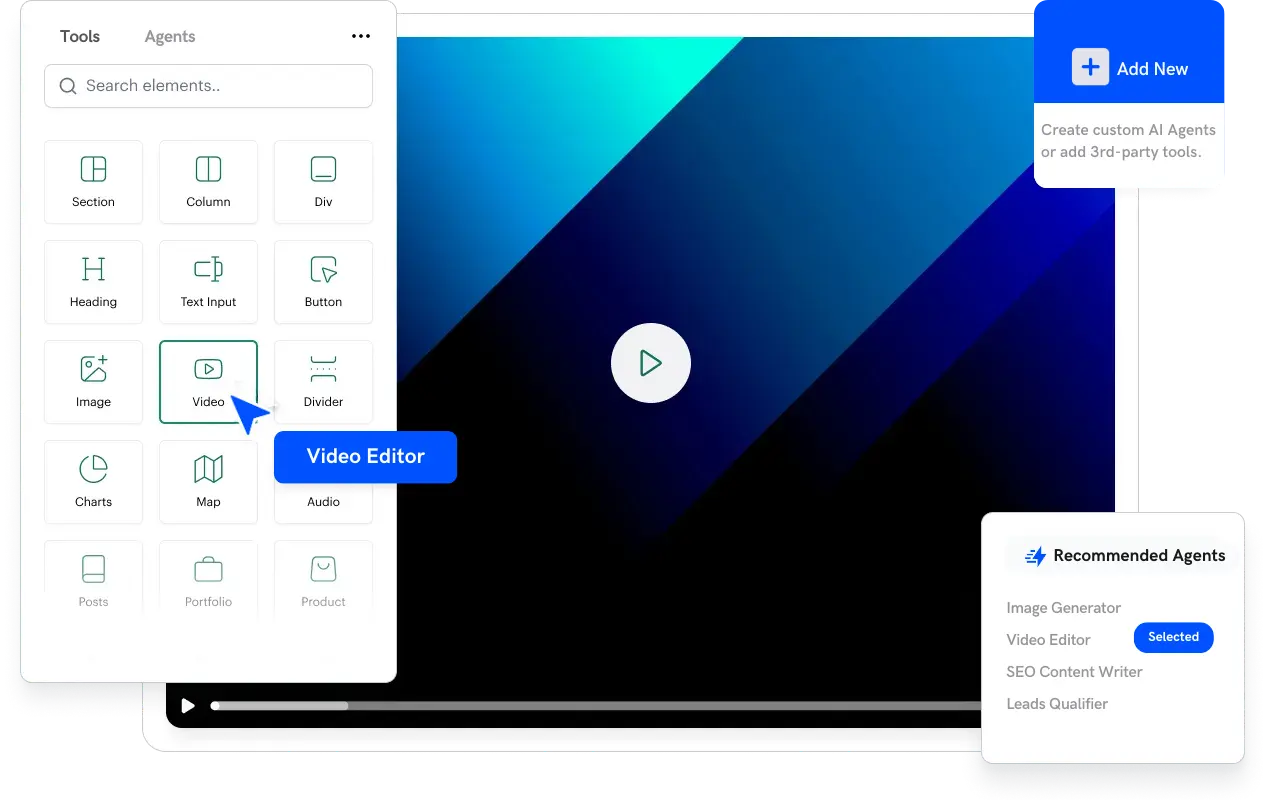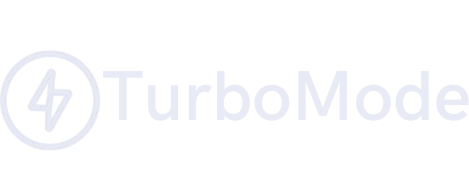Introduction
In today’s rapidly evolving workplace, the partnership between humans and artificial intelligence is key to unlocking unprecedented productivity and innovation. Rather than viewing AI as a replacement for human workers, forward-thinking organizations are embracing human-AI collaboration—leveraging the strengths of both to drive efficiency and creativity. Research from PwC and Accenture shows that companies that integrate AI with human decision-making see significant performance improvements and increased employee satisfaction. This article examines the benefits, strategies, and future trends of human-AI collaboration, and explores how TurboMode AI facilitates a seamless integration of technology and human insight.
The Concept of Human-AI Collaboration
Human-AI collaboration is about creating synergy where:
- AI Enhances Efficiency:
Automation handles repetitive, data-heavy tasks, freeing up human minds for creative and strategic work. - Humans Provide Context and Creativity:
While AI processes vast amounts of data quickly, human insight is crucial for interpreting complex situations and making nuanced decisions. - Collaboration Drives Innovation:
Combining machine precision with human creativity leads to innovative solutions that neither could achieve alone.
Benefits of Integrated Collaboration
- Increased Productivity:
AI tools can dramatically reduce time spent on routine tasks, allowing employees to focus on high-impact activities. - Enhanced Decision-Making:
Real-time analytics and predictive insights provided by AI empower workers to make more informed decisions. - Improved Creativity and Innovation:
Freeing up cognitive resources enables employees to think creatively and innovate, driving business growth. - Streamlined Workflows:
Human-AI collaboration leads to smoother processes and better resource allocation across an organization. - Greater Job Satisfaction:
When employees can focus on meaningful, engaging work, overall job satisfaction increases.
Strategies for Implementing Human-AI Collaboration
- Identify Complementary Tasks:
Analyze your workflows to identify tasks that can be automated and those that require human judgment. - Invest in the Right Tools:
Choose AI solutions that integrate with your current systems and are user-friendly. TurboMode AI is an excellent example—it converts conversations into actionable tasks, ensuring that crucial insights are never lost. - Training and Development:
Provide comprehensive training to help employees adapt to working alongside AI. Focus on digital literacy and creative problem-solving. - Foster an Open Culture:
Create an environment where experimentation is encouraged and feedback is welcomed. This culture supports continuous improvement in human-AI collaboration. - Regular Review and Adaptation:
Establish metrics to monitor the effectiveness of collaboration and make adjustments as needed based on data-driven insights.
TurboMode AI
TurboMode AI is designed to facilitate seamless human-AI collaboration. By automating the conversion of spoken or written conversations into concrete tasks, TurboMode AI ensures that AI supports rather than replaces human ingenuity.
“We’re shifting the game from managing work to getting work done.”
Enhance your human-AI integration—book a demo today.
Real-World Examples and Research
A global consulting firm integrated AI tools with their workflow processes, enabling employees to focus on high-level strategic planning. The result was a 20% boost in overall productivity and greater employee satisfaction. In another case, a creative agency used AI-powered tools to handle administrative tasks, freeing up creative teams to develop innovative campaign concepts. These examples highlight that the combination of human ingenuity and AI can drive remarkable improvements in efficiency and innovation.
Challenges and Mitigation Strategies
- Cultural Resistance:
Some employees may be skeptical about working with AI. Mitigate this by emphasizing AI as an enabler, not a replacement, and by sharing success stories. - Integration Complexity:
Seamlessly integrating AI with human processes can be challenging. Use phased rollouts and robust IT infrastructure to smooth the transition. - Maintaining a Human Touch:
It’s crucial to ensure that even as automation increases, the personal, empathetic aspects of work are maintained. Balance automated processes with opportunities for human interaction. - Ethical Considerations:
Maintain transparency in how AI is used, and ensure that its role in decision-making does not replace human judgment in critical areas.
Future of Human-AI Collaboration
The future promises even deeper integration of human and machine capabilities:
- Augmented Decision Support:
AI systems will provide increasingly detailed insights to support human decision-making. - Interactive AI Assistants:
The next generation of AI tools will interact with humans in more natural and intuitive ways, making collaboration even smoother. - Customized Workflows:
AI will tailor its support to individual work styles, creating personalized workflows that enhance both efficiency and creativity. - Evolving Roles:
Job roles will continue to evolve, with human workers focusing more on strategic, creative, and interpersonal tasks while AI manages routine activities.
Conclusion
Human-AI collaboration is not about replacing people—it’s about creating synergies that drive innovation, efficiency, and job satisfaction. By combining the analytical power of AI with the creativity and empathy of human workers, organizations can navigate the complexities of the modern workplace with agility and insight. Platforms like TurboMode AI are critical in this journey, ensuring that every conversation translates into actionable outcomes. Embrace the future of work by fostering a culture of collaboration and continuous learning. Book a demo today and start bridging the gap for a more integrated, productive future.






